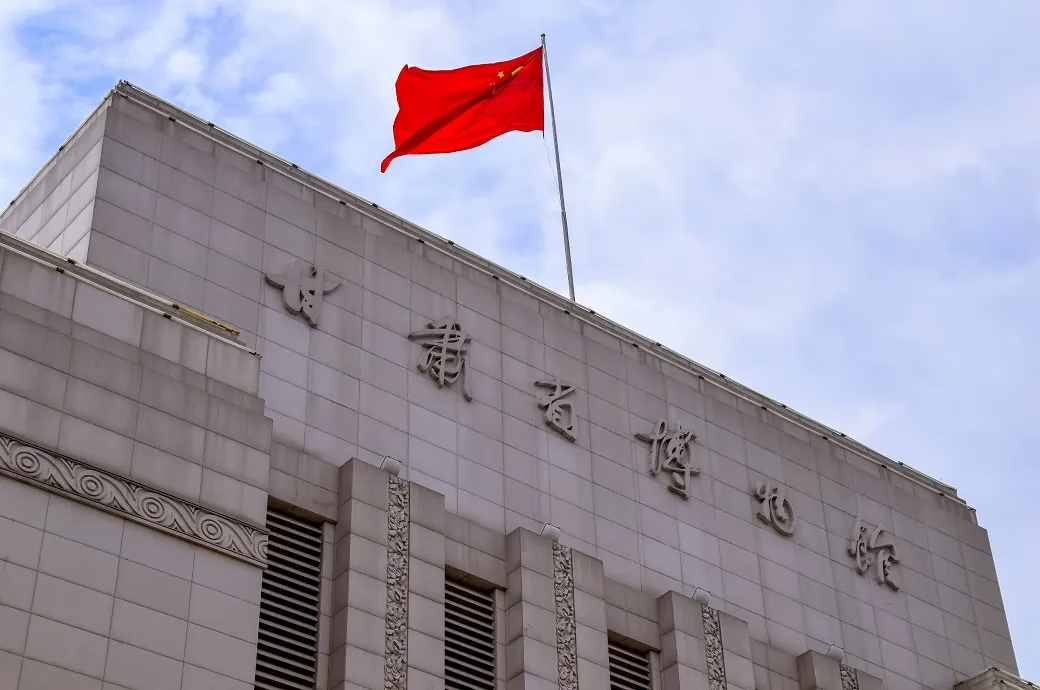China Cuts Lending Rate Norms as Major Banks Lower Interest Rates
In an important move to support its economy, China has reduced key lending and deposit interest rates, aiming to boost spending and investment. This is the first such cut made by Chinese banks in 2025.
Major Chinese Banks Lower Deposit Rates
Several major state-owned banks in China — including:
- Industrial and Commercial Bank of China
- Bank of China
- China Construction Bank
- Agricultural Bank of China
- China Merchants Bank
— have reduced their one-year fixed-term deposit interest rate by 15 basis points, from 1.10% to 0.95%.
This is the first cut in deposit rates this year, following similar rate cuts made last year in July and October.
Now, the new fixed-term deposit rates are:
- 1.05% for 2-year deposits
- 1.25% for 3-year deposits
- 1.3% for 5-year deposits
Lower deposit interest rates mean that people earn less on their savings in the bank. While this might seem negative for savers, it encourages people to spend or invest their money instead of saving it. This helps boost economic activity, especially during times of slow growth.
Lending Rates Also Reduced
Along with deposit rates, China has also lowered its benchmark lending rates, called the Loan Prime Rate (LPR).
- The one-year LPR has been reduced from 3.1% to 3.0%
- The over-five-year LPR is now 3.5%, down from 3.6%
The LPR is a key interest rate used to decide how much banks charge for loans. When LPR is reduced, borrowing becomes cheaper, making it easier for businesses and individuals to take loans for investment, housing, and spending.
This cut in lending rates is expected to support China’s property market, which has been facing difficulties in recent years, and help small businesses that need affordable loans.
Recent Monetary Policy Actions
Earlier this month, China also reduced its seven-day reverse repo rate — a short-term interest rate used for controlling liquidity in the banking system — from 1.5% to 1.4%. This is considered the first official policy rate cut of the year.
All these measures show that the People’s Bank of China (PBOC) — the central bank — is taking steps to support economic growth by making money cheaper and more available in the system.
Why Is China Cutting Rates?
China’s economy, while still large and powerful, has been facing slower growth, weak consumer demand, and troubles in the real estate sector. Global economic uncertainty, due to conflicts and inflation in many parts of the world, has also affected exports and business confidence.
By cutting both deposit and lending rates, the government hopes to:
- Encourage more consumer spending
- Boost borrowing and business investments
- Support struggling sectors like real estate
- Increase money flow in the economy
This is part of China’s broader strategy to stimulate domestic demand and ensure steady growth in 2025.
Impact on the Global Economy
China is the second-largest economy in the world, and its financial decisions have global effects. Lower interest rates in China may lead to:
- More investments into Chinese markets
- Higher exports due to a weaker currency (if the yuan weakens)
- Global supply chain improvements if production picks up
- Pressure on other central banks to keep interest rates in check to stay competitive
However, it can also cause capital outflows from other countries, as investors may shift money to take advantage of better growth potential in China.
Expert Opinions
Economists say that while interest rate cuts are helpful, China may also need to focus on:
- Structural reforms in industries like real estate and manufacturing
- Job creation, especially for youth
- Support for private businesses and start-ups
- Stronger global trade policies to maintain exports
They believe that a combination of monetary easing (lower rates) and fiscal support (government spending and tax breaks) will be needed for long-term stability.
Conclusion
China’s latest decision to cut both deposit and lending rates shows that the government is serious about reviving economic growth. These actions are expected to help consumers, businesses, and investors by making money more accessible and encouraging activity in key sectors.
As the world watches closely, these changes could bring new opportunities and challenges for global trade and finance in the months ahead.
